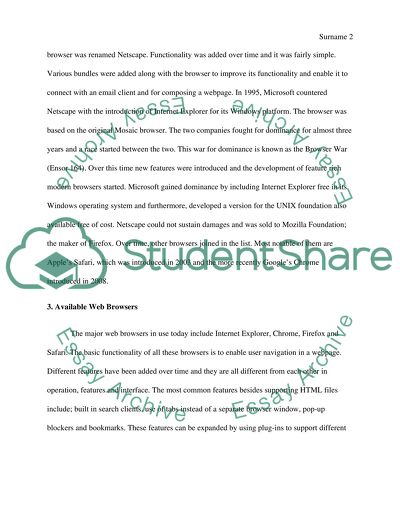Cite this document
(“Web Browsers Research Paper Example | Topics and Well Written Essays - 1750 words - 1”, n.d.)
Web Browsers Research Paper Example | Topics and Well Written Essays - 1750 words - 1. Retrieved from https://studentshare.org/information-technology/1592951-web-browsers
Web Browsers Research Paper Example | Topics and Well Written Essays - 1750 words - 1. Retrieved from https://studentshare.org/information-technology/1592951-web-browsers
(Web Browsers Research Paper Example | Topics and Well Written Essays - 1750 Words - 1)
Web Browsers Research Paper Example | Topics and Well Written Essays - 1750 Words - 1. https://studentshare.org/information-technology/1592951-web-browsers.
Web Browsers Research Paper Example | Topics and Well Written Essays - 1750 Words - 1. https://studentshare.org/information-technology/1592951-web-browsers.
“Web Browsers Research Paper Example | Topics and Well Written Essays - 1750 Words - 1”, n.d. https://studentshare.org/information-technology/1592951-web-browsers.


